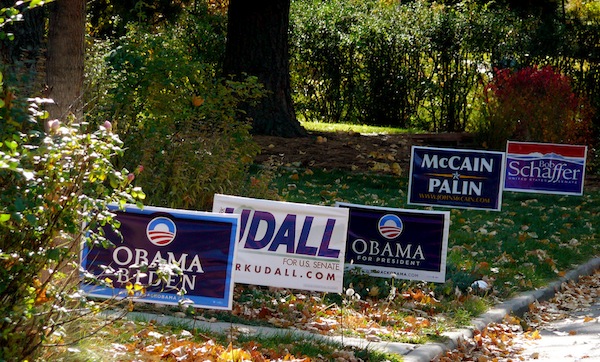Speaking of rhetoric in everyday life, I love a smart and savvy Craigslist ad:
http://columbus.craigslist.org/bik/3983222753.html
Grab a paper bag, breathe into it and calm your ass down. You’re hyperventilating because you ain’t never seen a deal like this before. Now collect yourself, then keep reading this incredible description that barely serves to do justice to my 2003, 19″, KONA Muni Mula, 7005 Double-butted Aluminum, multi-gear mountain bike. Also known as the greatest bike the suburbs have ever had the privilege of existing around.
What makes this bike so much better than every other bike that has ever been pedaled? Glad you asked. It starts with the paint scheme. It looks like 24 Karat gold if they made bikes out of 24 karat gold. That’s bold, son. Curb appeal. What else? Ryan, the paint’s a little dinged up. Yeah, well, that’s called real life. It comes at you fast, bro. Besides, you really want this glimmering, shimmering sex machine catching the eye of some small time thief? You really don’t want to be living your own version of PeeWee’s big adventure. Consider the lived-in feel a natural crime deterrent. If this bike were denim jeans, it’d be called “de-stressed” and you’d be paying extra for the privilege. I’m not gonna charge you extra for it, though. Cause I’m not trying to take advantage of you. But you should take advantage of this once-in-a-lifetime opportunity. What else? Let’s talk about that Marzoochi Bomber front fork for a second. It’s as gnarly as it is exotic. Like the tropical, saw-toothed platypus. Which is a species that does’t even exist. Fortunately this crazy front fork does. It offers bomb-a$$ shock absorption, as the name implies. What else? Did you see those Shimano Deore Rapid-Fire Shifters? These shifters make you wanna take this thing off road in a big way. They also offers a terrific chance to introduce that dome of yours to a tree. So don’t trip. Ride safe. Get a helmet and if you’ve never ridden a bada$$ mountain bike, maybe it’s time to move along, young sir because this thing is made for big hills and mud trails. What this bike does offer is a one-way ticket to legits-ville. Find a bowling ball. Then find another one. Your nuts must be at least that big to even consider making this whip the dreamiest object to ever take up space in your garage. But you’ll be filled with joy once you throw a leg over this flawless piece of cycling excellence. But, Ryan, aren’t you sad about selling the greatest bike on earth? No. When you ride this bike once it permanently eliminates your ability to feel sad about anything ever again. Even for little puppies who are afraid to walk down the stairs, because the stairs…they’re so big, and they’re so little. Puppies who are young, but have already discovered the world to be a cold, unforgiving place. But you won’t give a shit about it because you’ll be on your awesome new bike living the dream. And you’ve just learned something else about me. That’s right, my name is Ryan. And your name is lucky motherfather if you make the best choice of your life and pay me cold, hard cash for this ridiculous ride. 2003, 19″, KONA Muni Mula, 7005 Double-butted Aluminum, multi-gear, hard-tail mountain bike with Marzoochi Bombers, Deore Shimano Rapid Fire Shifters. Barely Ridden, like new. In no rush to sell, big ballers only, no low-ballers. $650 OBO Contact Chris near Alum Creek Trails










